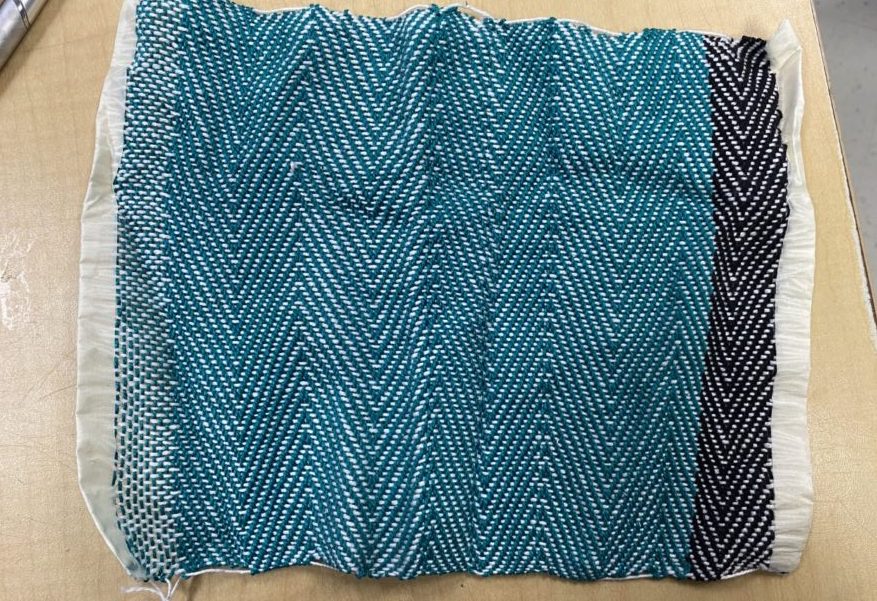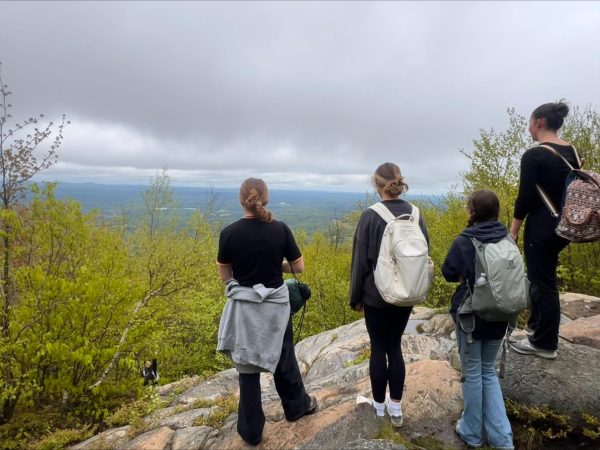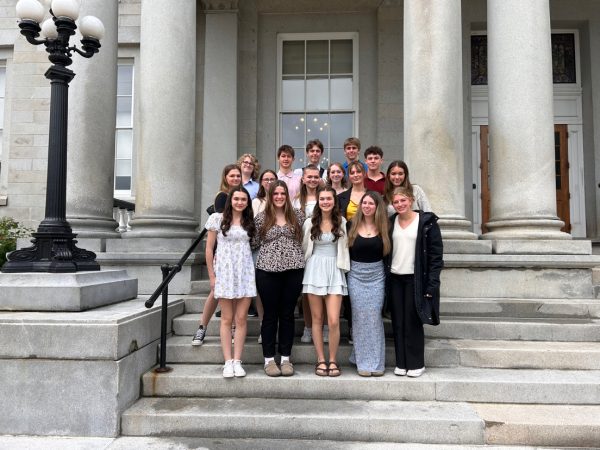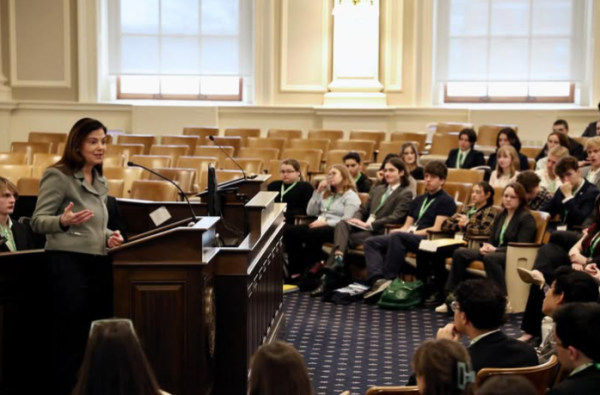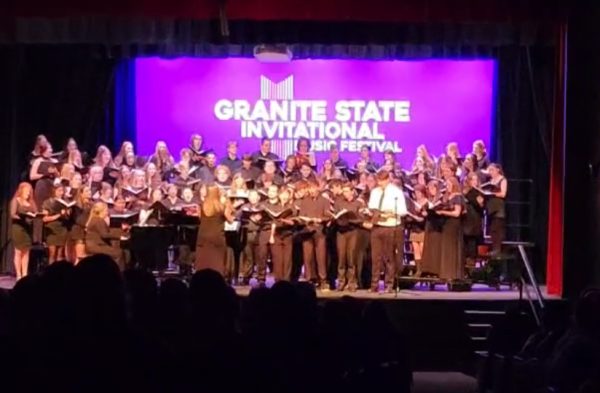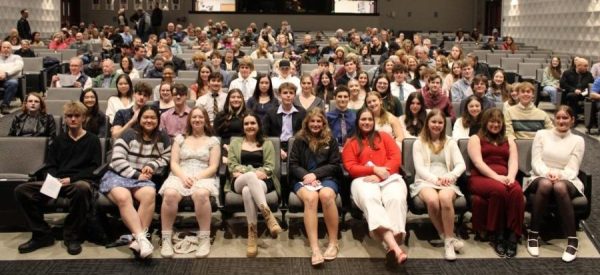Our Hold On History
The Freshman Trip To The Mills
The Industrial Revolution is a big part of our history for the world. Historical events have affected us now and will still affect us in 100 years. Some people wonder how this all happened. Goffstown freshmen were allowed to learn how the Industrial Revolution started in New England with a field trip to The Mills. A freshman going on this trip, Sarah Beaudoin, when asked about where they went for this trip she had said “The Lowell Mills or Lowell National historical park.” Sarah has said talking about her expectations, “Honestly going in I didn’t have many expectations. At first, I wanted to get out of school but everyone was extremely nice and it was really interesting to see the machines working. I wasn’t expecting to see them but it was a pleasant surprise.”
After being brought to the question of why these students were here, Sarah had agreed that it was for the industrial revolution. And when asked about what the industrial revolution was she said: “A time when miners found they could manage machinery, using their coal to produce steam when major factories were starting to mass produce products using steam power.” Sarah, like other students, all agreed that the experience was the most helpful for getting to understand what it was like living in those times. Later, Sarah said “It was the first factory that had started mass producing under the same roof.” She also made a cloth while at the mills. Those participating in the field trip all had the opportunity to weave their textiles.
Another student who went on the trip was Brie Cyr. When she was asked about places they had visited while on the tour she said, “We went into the old dorms in the mill where people lived, there was a museum on the inside showing us the different parts of life.” Her trip was a few weeks before the midterms, so there wasn’t much difference from the trip Sarah experienced. She said the reason they had to learn this was “It was for a test, mainly our midterms, but it was also a good real-life example.”
Did the field trip prepare the students? Brie says “yes, because the staff explained it in easy and understandable terms.” She also said that “The women and children were the ones working the hardest on the machinery.” And after being asked what activities they participated in while there she said with a smile, “I made this” -pointing to a cyan cloth on the table with a zig-zag pattern- “then we made a diagram about who worked where during different periods.”
Brie’s thoughts on the living and working conditions were “Horrible, no medical care, not being paid enough, and bad work hours.” The students also spent lunch at the mills and when questioned about that they said “We ate lunch at a small restaurant at the top of the building, there were a lot of younger kids as well.” Then after lunch, the staff split them up into 2 groups, one would weave with the looms while the other would learn about who had provided the cotton in the south. What impacted Brie most was “When they gave us the cotton at the end and we had to pick the cotton seeds out by hand, and knowing people had to do that by hand every day.”
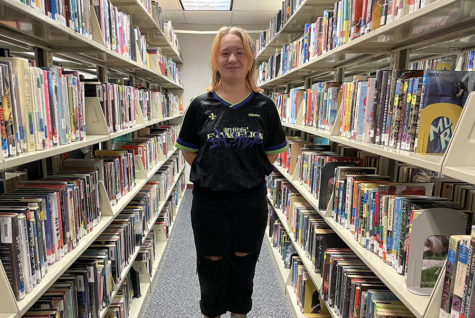
As a sophomore, Kaitlyn (Lyn) loves eating cake and writing; You can always find her doing one or the other. She likes writing for the Paw Print, reading...



